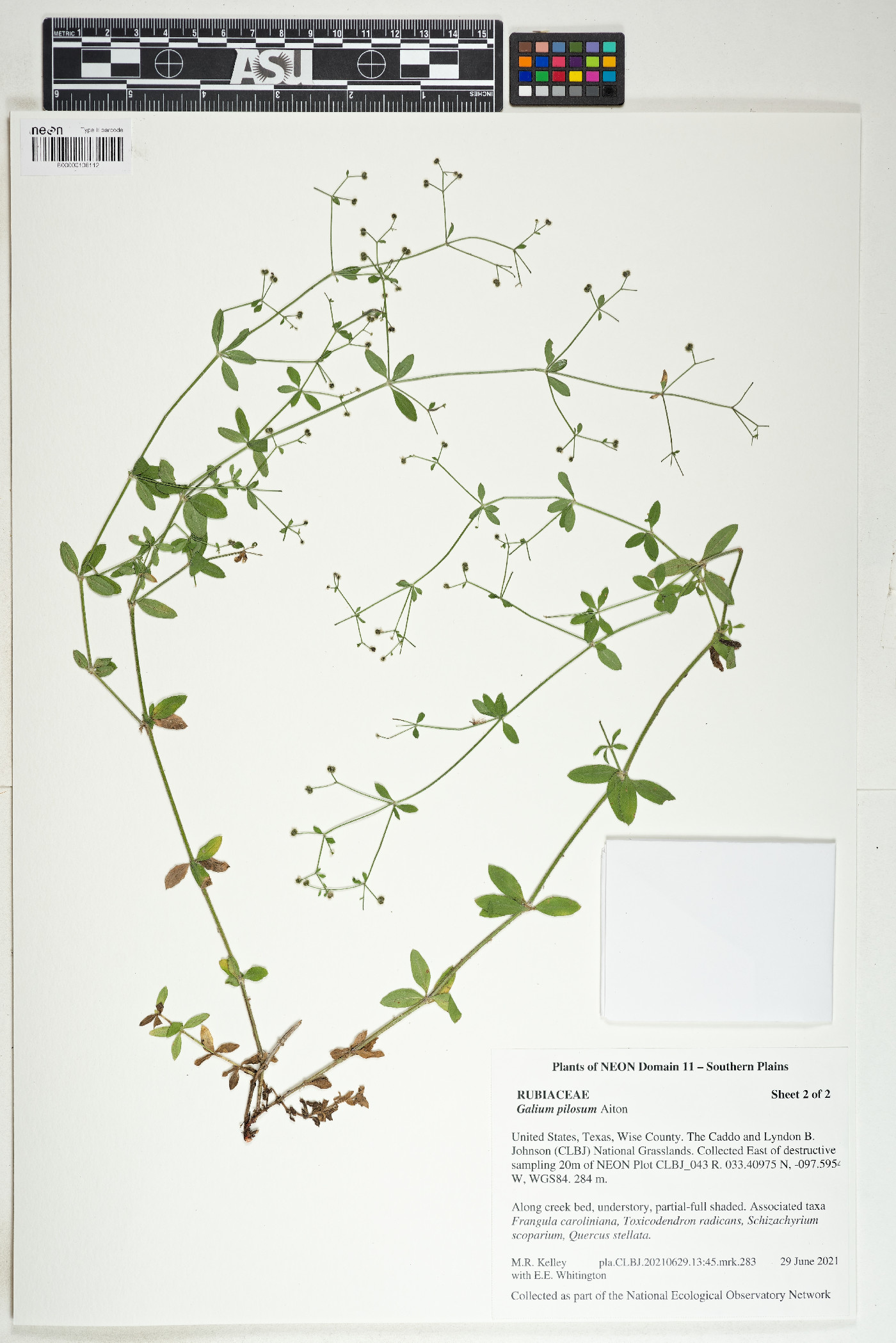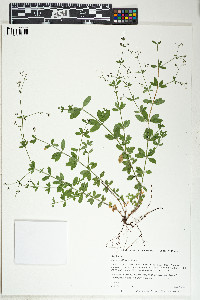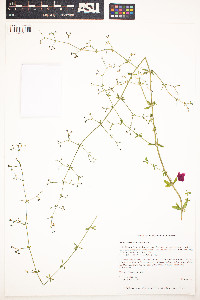- Home
- Search
- Images
- Datasets
- Sample Use
- How to Cite
- Additional Information
- About NEON
- NEON Data Portal
- ASU Biocollections
- About Symbiota
|
|
|
|
Family: Rubiaceae
hairy bedstraw, more...
[Galium pilosum var. puncticulosum (Michx.) Torr. & A.Gray, more] |
|




